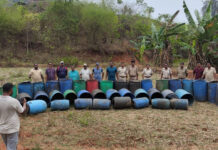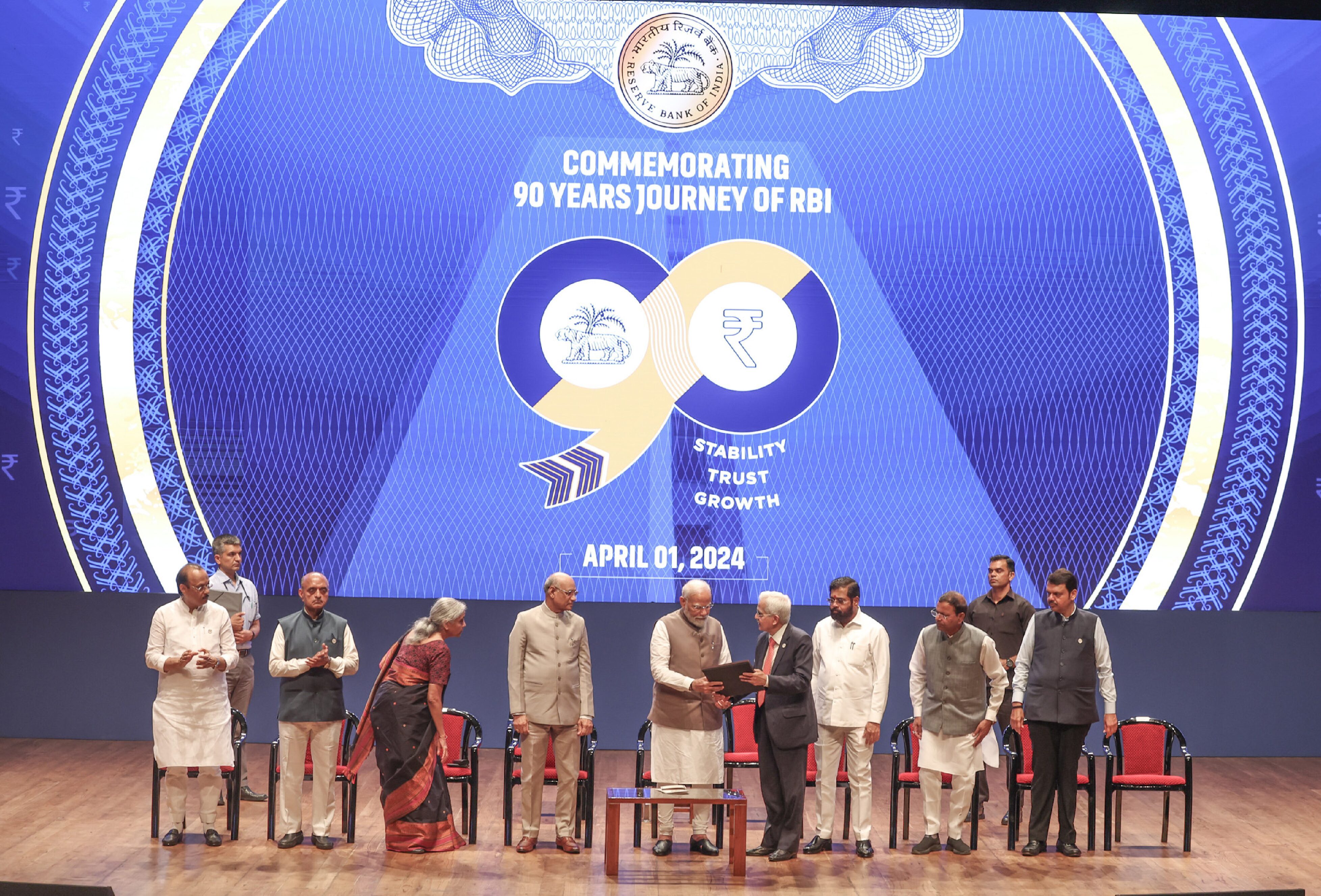Probably the most significant impact of food on greenhouse gas emissions is wastage in households and the commercial sectors like hospitals and institutions. This is rarely considered in life cycle analysis of foods as it is difficult to monitor and quantify.
It is estimated that 15% to 30% of total greenhouse gas emissions (GHG) is contributed by the food cycle consisting of production, consumption and disposal. The major component of food production isassociated with cultivation, other components being food transport and processing.A significant contributor to GHG emissions is waste biomass generated throughout the food supply chain. It is estimated that 30% of food grown ends up as waste and in some cases can be as high as 75%. Many foods (fresh fruit and vegetables) are discarded on the basis of appearance and physical characteristics rather than nutritional quality. These are usually disposed of locally as animal feed, composted or added to landfill. Probably the most significant impact of food on GHG emissions is wastage in households and the commercial sectors like hospitals and institutions. This is rarely considered in life cycle analysis of foods as it is difficult to monitor and quantify. Most food waste is collected by local authorities and the remainder is composted, fed to animals or tipped down the sink. Statistics says the household food wasted is composed of 19% of unavoidable waste (e.g. vegetable peelings, meat carcasses etc.), 20% is possibly avoidable (e.g. bread crusts and vegetable peels that are eaten by selected people) while the remainder (61%) could be eaten if managed more appropriately. Once food has been thrown away GHG emissions are produced in transporting this food to processing facility. A large proportion ends up in landfill sites, where it produces methane which is a more potentGHG than CO2. A further source of GHG emissions is those associated with food packaging. One important element of agri-supply chain is the confusion amongst consumers on expiry date in packed food and some food waste is generated due to this. However, with the use of proper post-harvest practices, packaging may help to protect food and prevent food waste. Reductions in packaging quantities and/or changes in materials to ensure that they are re-usable or recyclable may be beneficial. Where food is thrown away, there can be a number of initiatives to reduce its associated GHG emissions. These are of critical importance because when food degrades in a landfill site, it produces methane which is 23 times more potent GHG than CO2. Till date much focus has been placed on non-food biodegradable sources of waste such as paper and textiles. However, as 2020 approaches, increased processing of residual waste through techniques such as home and centralized composting, mechanical biological treatment, anaerobic digestion and energy from waste will need to be developed. A fraction of this may be recovered and burnt through methane recovery systems. In addition, such techniques have the potential to generate electricity and heat which displace GHG from being produced in generation of electricity.
Organic wastes are finding ever-increasing markets for resale, and companies are slowly switching to more biodegradable and recyclable products for packaging.
The food industry is now facing challenges to ensure the activities to be environmental friendly while maintaining the quality and profitability. Key resources used by the food-processing industry include the water, raw materials and energy. Although water waste will always be a part of the food-processing industry, the solid waste has become the principal target for pollution prevention. Primary issues of concern include both organic and packaging waste. Organic waste, that is, the rinds, seeds, skin, and bones from raw materials, resulting from processing operations whereas inorganic wastes typically include excessive packaging items that are, plastic, glass, and metal. Organic wastes are finding ever-increasing markets for resale, and companies are slowly switching to more biodegradable and recyclable products for packaging. The food processing factories should follow the major technological innovations in the industry, including those in clean technologies and processes like advanced wastewater treatment practices, improved packaging with environment friendly packaging products, improvedsensors and process control to reduce wastes and increased productivity and food irradiation to kill pathogenic microorganisms. The industry need to continue to implement advanced innovative techniques to lessen the environmental impact of food processing by-products.
.









































